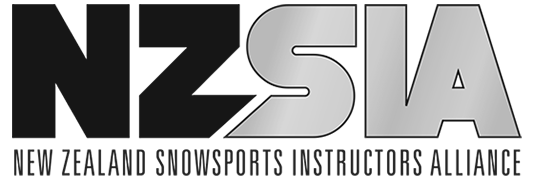Assessing Physical Disabilities
To help focus your assessment, when you meet someone for the first time observe how they move, what equipment they might be using and how it is set up, how they interact with you and anyone else they might be with. While getting to know your guest and finding out their goals, also ask them to tell you about their disability, maybe like this…
Physical Assessment Example
Once you have an overall picture and have made some decisions using this information along with the guest’s goals to decide on equipment choices it is good to identify what muscle strength the guest has to make the movements you want to teach. This involves a test. The aim is to identify the muscle groups the guest can use that are closest to what you would normally teach someone to use.
Testing should initially be...
As a result you may find someone has some strength in the most efficient muscle groups for the movement you are teaching but this may need to be complimented by using the next closest muscle group. Or you may have to use a different muscle group altogether to achieve the movement you teaching.
You will also want to check on how fatigue affects them and if there are any other risks or medications you need to be aware of.
